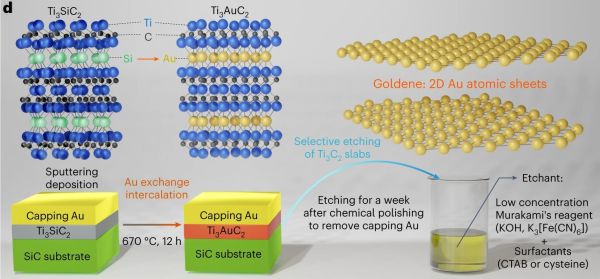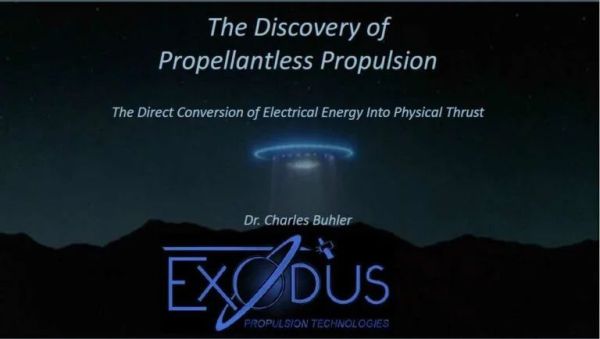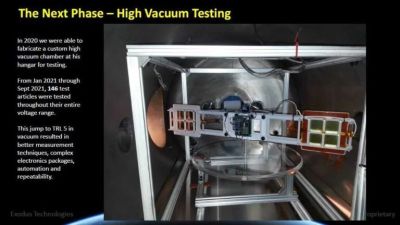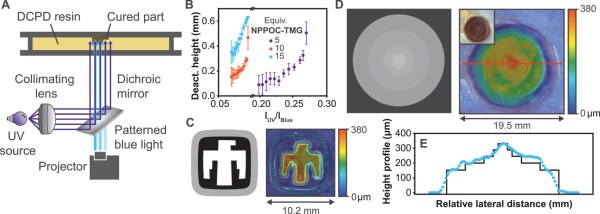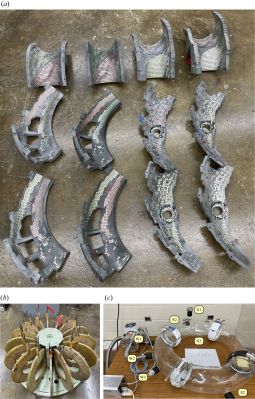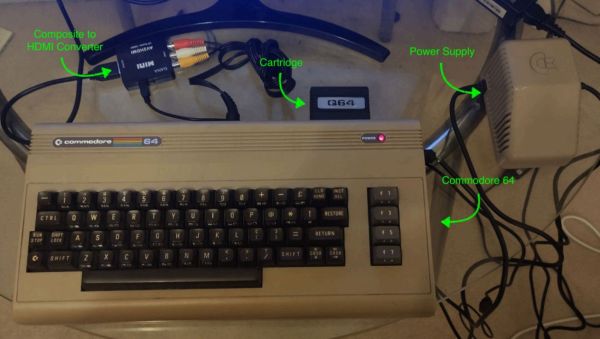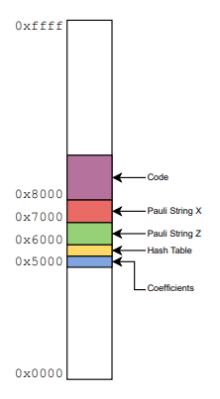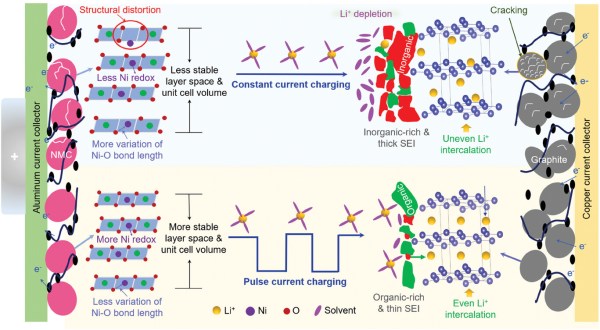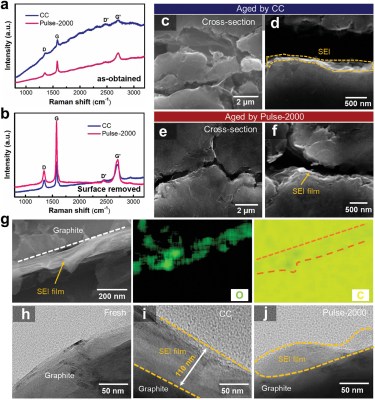The synthesis of single-atom layer versions of a range of atoms is currently all the hype, with graphene probably the most well-known example of this. These monolayers are found to have a range of mechanical (e.g. hardness), electrical (conduction) and thermal properties that are very different from the other forms of these materials. The major difficulty in creating monolayers is finding a way that works reliably and which can scale. Now researchers have found a way to make monolayers of gold – called goldene – which allows for the synthesis of relatively large sheets of this two-dimensional structure.
In the research paper by [Shun Kashiwaya] and colleagues (with accompanying press release) as published in Nature Synthesis, the synthesis method is described. Unlike graphene synthesis, this does not involve Scotch tape and a stack of graphite, but rather the wet-etching of Ti3Cu2 away from Ti3AuC2, after initially substituting the Si in Ti3SiC2 with Au. At the end of this exfoliation procedure the monolayer Au is left, which electron microscope studies showed to be stable and intact. With goldene now relatively easy to produce in any well-equipped laboratory, its uses can be explored. As a rare metal monolayer, the same wet exfoliation method used for goldene synthesis might work for other metals as well.

